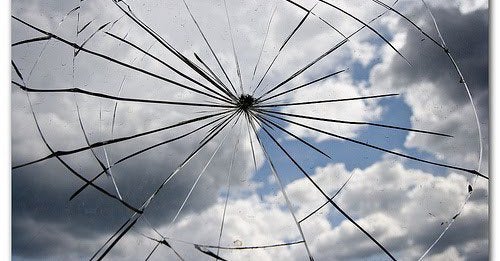Imagine walking down the street eating mandarins and when you’re done you have your hands full of shells that you want to throw away, then you realize that the trash can is far away and you look at the ground, if you notice that there is more waste on the ground, the chance of you throwing the shells on the ground will increase; but if it’s clean, you’ll probably think twice before throwing away the trash. This explains the theory of broken windows.
The Broken Window Theory, also known as Broken Glass Theory, indicates that disorder is a factor in increasing crime rates and indicates that environmental damage creates a sense that the law does not exist, so in a situation where there are no rules, vandalism is more likely to occur.
- Professor Philip Zimbardo.
- Known to many for leading the Stanford prison experiment.
- Conducted an interesting experiment in social psychology: he left two identical cars abandoned in the street.
- One in a slum and conflict in New York and the other in a rich and quiet neighborhood.
- Neighborhood.
- Two identical abandoned cars.
- Two neighborhoods with very different populations and a team of specialists in social psychology that studies the behavior of people in each place.
The result was not difficult to determine: the abandoned car in the slum began to be vandalized in a few hours, they took everything usable and what they could not take it, were destroyed, meanwhile, the abandoned car in the rich Area was still intact. With this result, it would be easy to conclude that poverty and marginalization were the “culprits” of the crime.
However, the experiment was not yet complete. After a week, the abandoned car in the slum was completely destroyed, while the abandoned car in the wealthy neighborhood remained intact, investigators decided to change something in the situation and broke a car window that was in perfect condition. Happened? Theft, violence and vandalism have reduced the vehicle to the same conditions as the one left in the slum.
The final conclusion was that the cause of the crimes was not poverty, but rather the broken glass of the abandoned car conveyed an idea of deterioration, disinterest and indifference that generated a feeling of impunity, lack of laws, rules and regulations. The broken glass creates the feeling that “anything can”. In this situation, each attack on the car reaffirms and multiplies this idea until the vandalism gets out of control.
The New York subway in the 1980s was the most dangerous place in the city, taking as a reference the theory of broken windows, began to repair the damage of subway stations: dirt was removed, graffiti was erased, everyone paid. Tickets and small flights were monitored. The result is that the subway has become a safe place.
Based on the results obtained on the subway, a “zero tolerance” policy has been implemented in New York. In the end, all violations of the law and rules of coexistence are prohibited and cleanliness and order are encouraged in communities. the result was a huge drop in the crime rate in New York.
The confusion generated by rules that are not very clear is similar to broken windows, creating the same situation as the experience of abandoned cars. This can happen with very flexible organizations; This flexibility can be confused with selflessness. If in one community no one repairs the broken glass from the window of one building, the other glass will also break. If a community shows signs of deterioration and no one cares, the result may be crime.
Small faults can lead to major transgressions that lead to chaos, this not only happens with the deterioration of material elements, a clear example can be found in corruption. If small transgressions are allowed, people will go further and more and more people will do the same practices with greater numbers. Clear rules, which clearly indicate what the exceptions are, can be a solution, as long as it is not too late.

